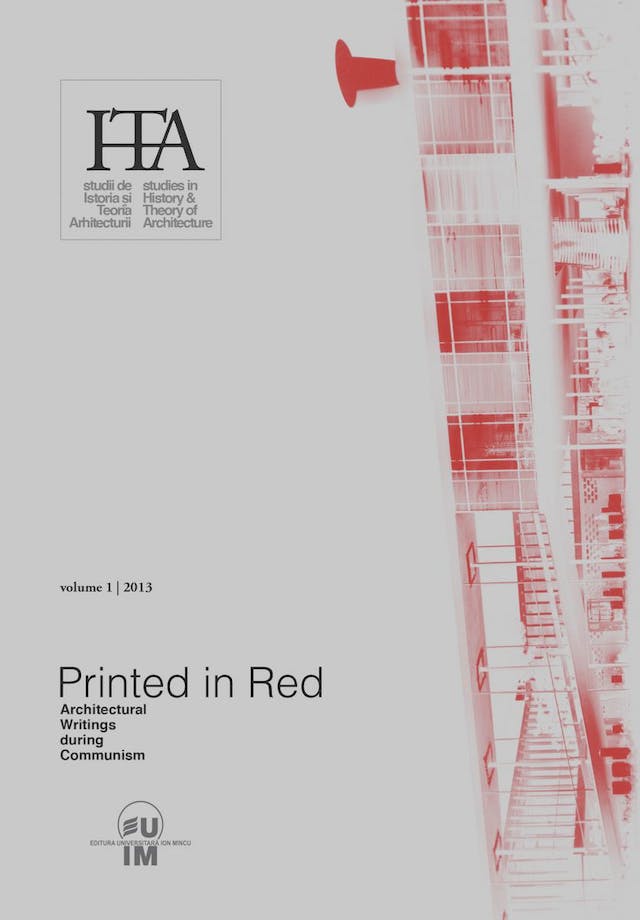The Bulletin of Technical InformationA Tale from the Golden Age
The Bulletin of Technical Information
A Tale from the Golden Age
by
Maria Mănescu
Keywords
communism
specialised documentation
information
constructions
architecture
town planning
The evolution of architecture and urbanism during the Communist era was clearly marked by the political milieu, whose orientations are visible even today in manifest cultural influences at the level of buildings and town planning operations of its different phases.
The compelled Socialist Realism of the 1950s, gradually aligned in the years of cultural relaxation coming after the death of Stalin (the 1960s) with the functionalist and rationalist architectural and town planning patterns of the European modernism (concepts of the Athens Charter, the CIAMs), then, after 1971, the dramatic restriction of the professional freedom by the return to the drastic and anachronistic Stalinist pattern, the „Post-Stalinist Stalinism” of the 1970-1980 decade, emphasized by resuming on a juridical level all the Stalinist themes – all these are stages reflected not only in architecture and town planning, but also in the contemporary professional specialty publications.
However, the substantial achievements in architecture and town planning during the Communist era are due to the unique element of continuity: the architects formed and trained in the interwar period in the spirit of modern architecture, who had the ability to transpose and apply its principles within a hostile milieu.
During the short period of general liberalization of life, cultural relaxation and cultural openness towards the Western culture, of effervescence and professional emulation of the 1960s-1970s, many buildings were completed, of which some are notable. Design and town planning institutions were created in the 1960s and their building effort could not be possible without professional documentation and information services provided by a specialized documentation center.
This paper brings into discussion those outstanding moments of documentation in construction, architecture and urbanism, during the two first post-Stalinist decades (1954-1974), made possible by the funding of the Documentation Center for Construction, Architecture and Systematisation and of its library in 1954. The Technical Information Bulletin, elaborated between 1957 and 1974 by the Center, in collaboration with a large team of professionals, unequivocally reflects the evolution of architecture and town planning through changes in structure, content, documentation sources’ provenance area and amount of information. The end of publishing in 1974 marks the decline of documentation in construction, architecture and town planning. The publication of B.I.T. would start again in 1995, but this was nothing but a pale memory of the initial one because of a totally different historical context: despite the editorial staff reduced to one, the continuous cuts of the purchase funds and the lack of financial support of the state, the Bulletin of Technical Information resisted heroically until 2003, trying to fulfil as much as possible its mission as a provider of professional documentation and information.
The continuous decline of interest for documentation in general gradually undermined not only the existence of this publication but that of the Centre too, which was dissolved in 2009. In Romania, the decay of the Golden Era of specialized documentation in construction, architecture and town planning at the end of the 1970s paradoxically proclaimed the beginning of another Golden Era, that of Communism.
Published in

Chicago citation style
DOI:
10.54508/sITA.1.13